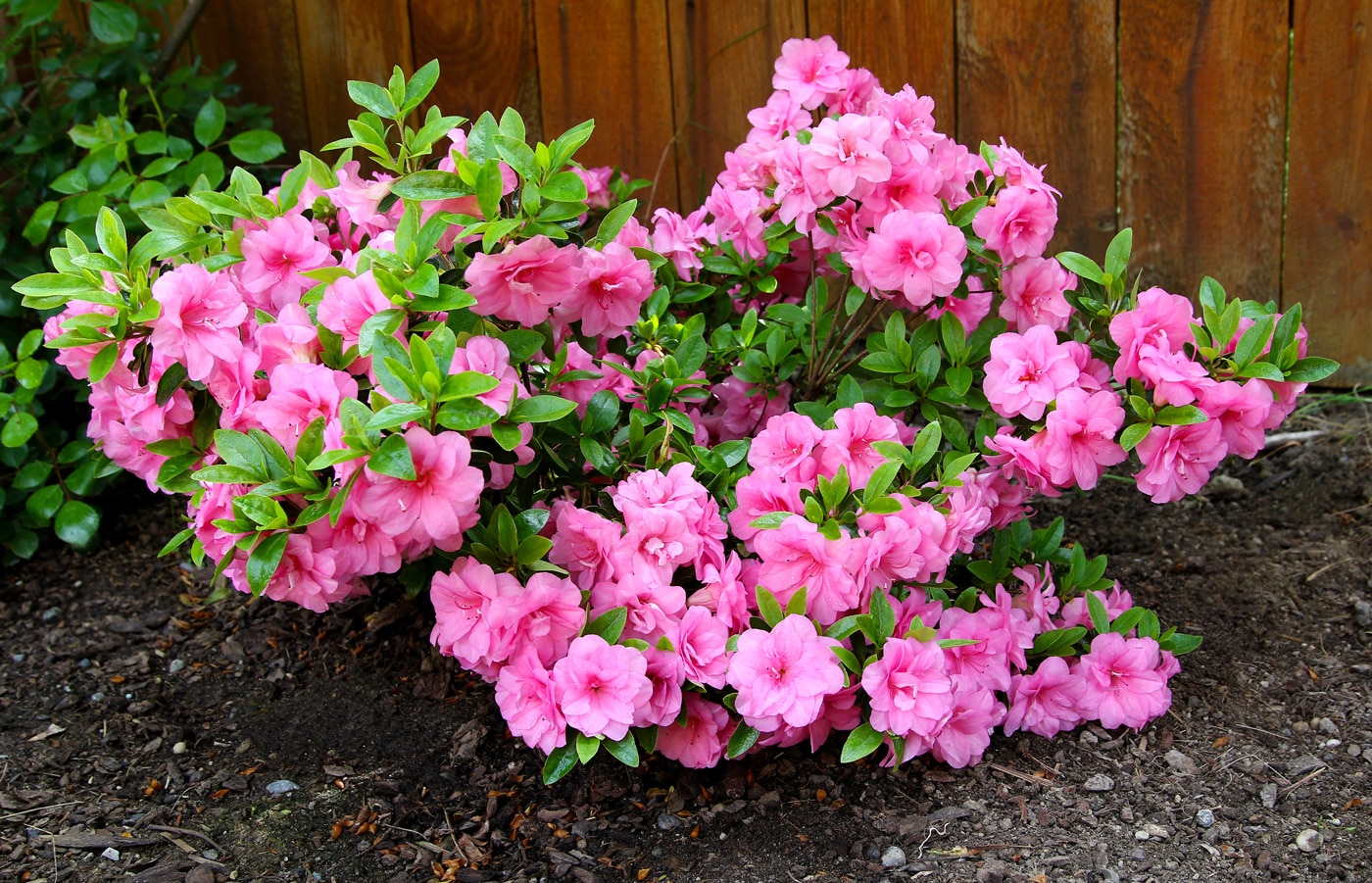By Heather O’Bryan
Columnist and Horticulturist
Oh, spring, how I love all that you bring to us, from the first break of the crocus to the sunny daffodils brightening the leafless landscape. From the first break of buds on trees like Bradford pear and ornamental cherry to the showy blooms of the rhododendron and azalea, spring brings so much color to dazzle to our winter weary eyes. But spring also brings with it pests and disease, and the aforementioned azalea is a paradise when it comes to these negative aspects brought along with warm weather.
Azaleas can be a bit of a challenge to keep beautiful. First, they prefer a pretty specific set of conditions to grow well. They need a part shade position in the landscape. Morning sun is best as afternoon sun can be too hot for them, causing stress on the plant which then weakens its defenses.
Second, azaleas prefer acidic soil, but not too much. It is important to test the soil to find out what pH you are working with. Optimal pH for these beautiful shrubs is 4.5 to 5.5. If the soil pH is lower than that, the azalea will suffer greatly and if it is too high, over 7.0, the plant will not be able to properly photosynthesize and can cause a condition called chlorosis. If your azaleas have yellow leaves with deep green veins, then the pH is too high. Make sure to test the soil and work to lower the pH with the use of sulfur based products.
Weakened defenses can open the plant up to invaders such as the azalea-loving lace bug. These white, piercing-sucking insects will eat chlorophyll right out of the leaf, effectively keeping the leaves from being able to photosynthesize, or make food for themselves. Lace bugs have 4 genera per year so once they are on your azaleas, they can kill it very quickly. Once you notice their damage, which looks like white speckles or just a total whitening of the top of leaves, you know you have a massive invasion. Take care of these relentless pests with acephate, a pest control ingredient found in Bonide’s Systemic Insect Control. This product is sold as a concentrate that once mixed with water is sprayed on the plant according to the directions. From there, the leaves soak it in and disperse it throughout the plant.
Another phenomenon that is seen on azalea leaves is sooty mold. This is a powdery looking black substance found on the tops and undersides of the leaves and even on twigs. This mold is evidence of a pest known as aphids and the sooty mold is their… well, what is left over after they eat. Aphids like to feed on tender, new growth which can halt the growth of a plant. These insects are incredibly abundant and can multiply at an incredible pace. Although their numbers are many, they are easily controlled. The systemic insect control mentioned above can take care of them, or use of a contact spray will also kill them quickly. At home, I deal with aphids organically with a product called neem oil. This oil is safe on veggies and on landscape plants and it works effectively and gently.
Other pests that make themselves at home on azaleas include thrips, weevils and scale. These pests are all manageable with the two products mentioned above. To treat scale, make sure to use a systemic. These literal little suckers have evolved to protect themselves by growing a hard shell over them and it is very difficult to penetrate their defenses with a contact insecticide. If you are an organic gardener, you can apply horticultural dormant oil on the plant in winter and it will effectively suffocate the hard-to-kill pests.
Azaleas are beautiful shrubs that inspire spring garden tours and bring life to any landscape. However, they can be wrought with pests, so in order to keep them looking lovely, a fair amount of effort must be made to support their health. The work to keep them beautiful is rewarded with gorgeous shrubs covered in flashy flowers in spring, and that is worth the endeavor to most azalea lovers.






Leave A Comment